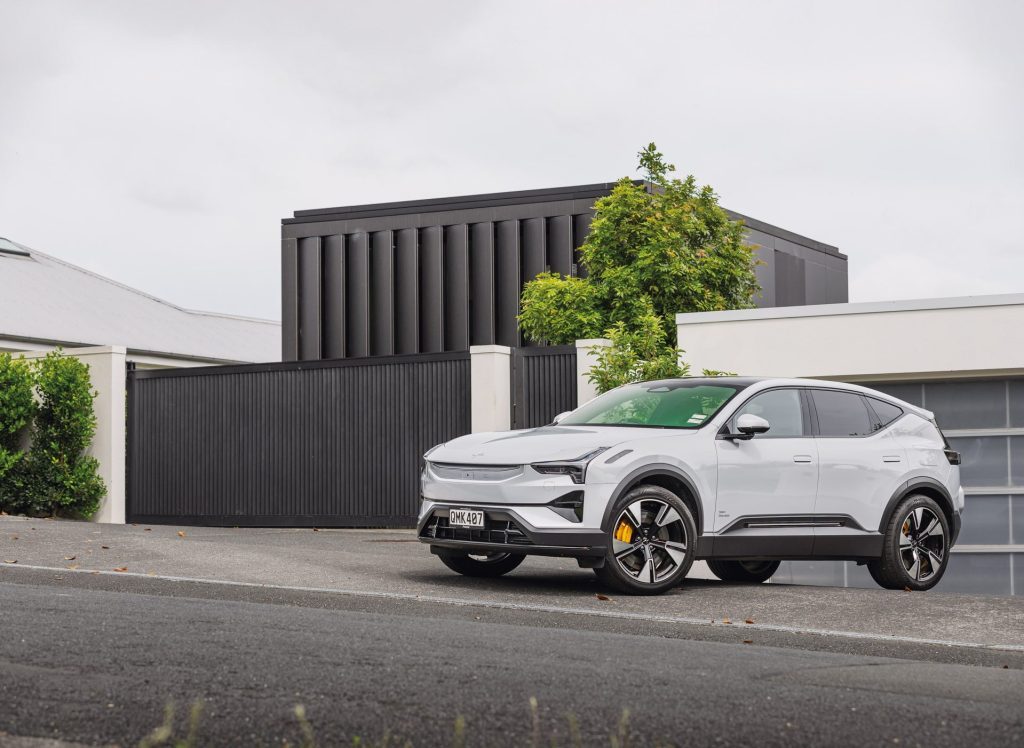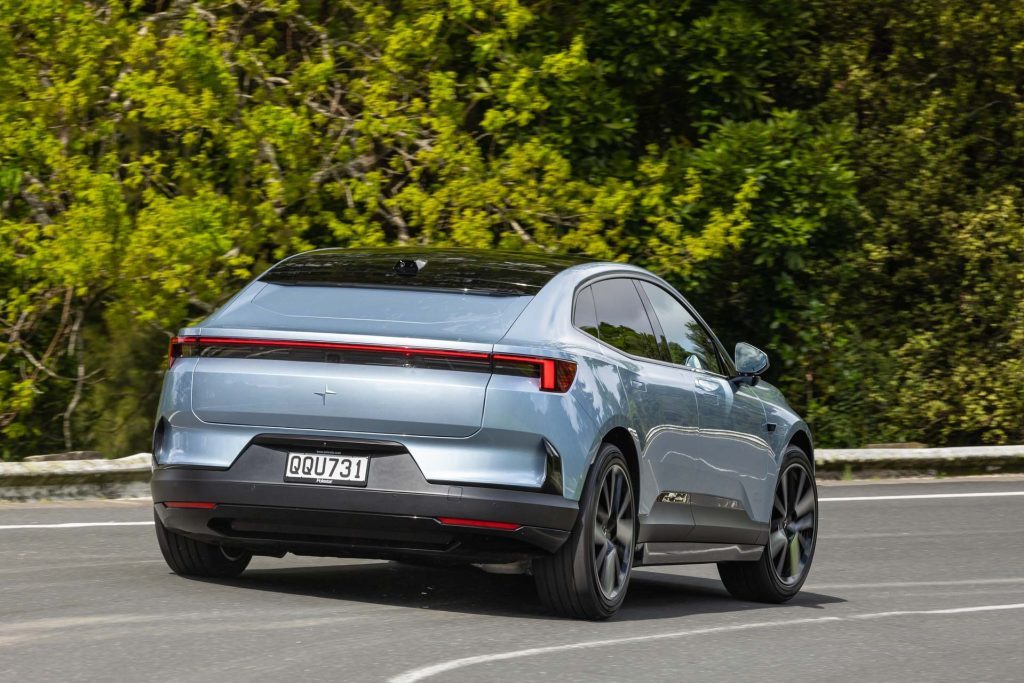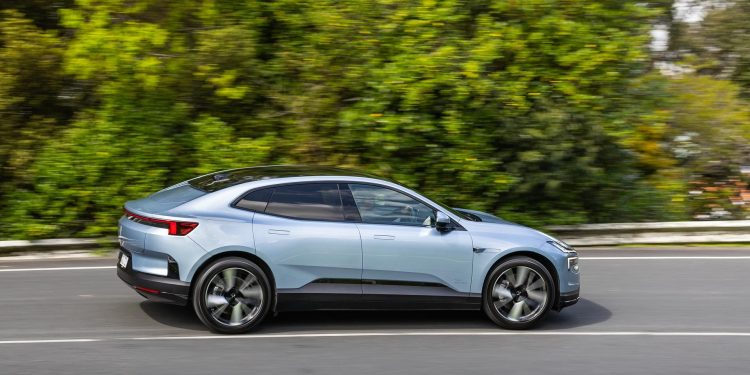Polestar troubles continue in China
Words/Images NZ Autocar
Polestar is evidently preparing to withdraw from the Chinese market completely by the end of this year, says Chinese media NBD Auto. This development comes amid sales of just 70 vehicles in the first half of 2025.

Chinese monthly sales were zero in April and May. This stands in stark contrast to Polestar’s global performance, where it delivered 30,300 vehicles in the same period, representing a 51 per cent increase on 2024.
There have been warning signs of Polestar’s direction in China. A joint venture with Star Meizu ceased operations in April. The company has also undergone significant management changes. China CEO Wu Huijing recently departed and was replaced by Hu Shiwen, the legal representative of Polestar Automobile Sales.
Polestar now has just one direct sales store in China, in Shanghai. The online purchasing system has ceased operations, and test drives require telephone appointments. These slowdowns suggest operational suspension in the market is imminent.

And these developments also reflect Polestar’s serious financial situation. The company reported negative net assets of $US3.3bn at the end of 2024, with total liabilities of $US7.4bn against $US4bn in assets. Polestar has accumulated losses exceeding $US5bn since 2020.
In June, PSD Investment Limited, a major investor in Geely Holding Group controlled by Chairman Li Shufu, provided an emergency $US200m to Polestar. This transaction increased Li Shufu’s combined ownership in Polestar to 66 per cent. Volvo’s stake decreased from 18 per cent to 16 per cent.
But this may not be sufficient to address Polestar’s financial challenges. The company was aiming to reach profitability by 2025 but intense competition in the global EV market now makes that unlikely.
Since its NASDAQ listing in 2022, Polestar’s stock price has plummeted by 90 per cent. It received a compliance notice from NASDAQ after falling below $1 per share in 2024.
Polestar has lost money every year it has been in existence since 2018. Management is hoping for a turnaround on the back of its upcoming 7 compact electric SUV. This will be designed and built in Europe on a new platform and will be slightly larger than Volvo’s EX30. It will feature fast charging, long range and over-the-air updates.





